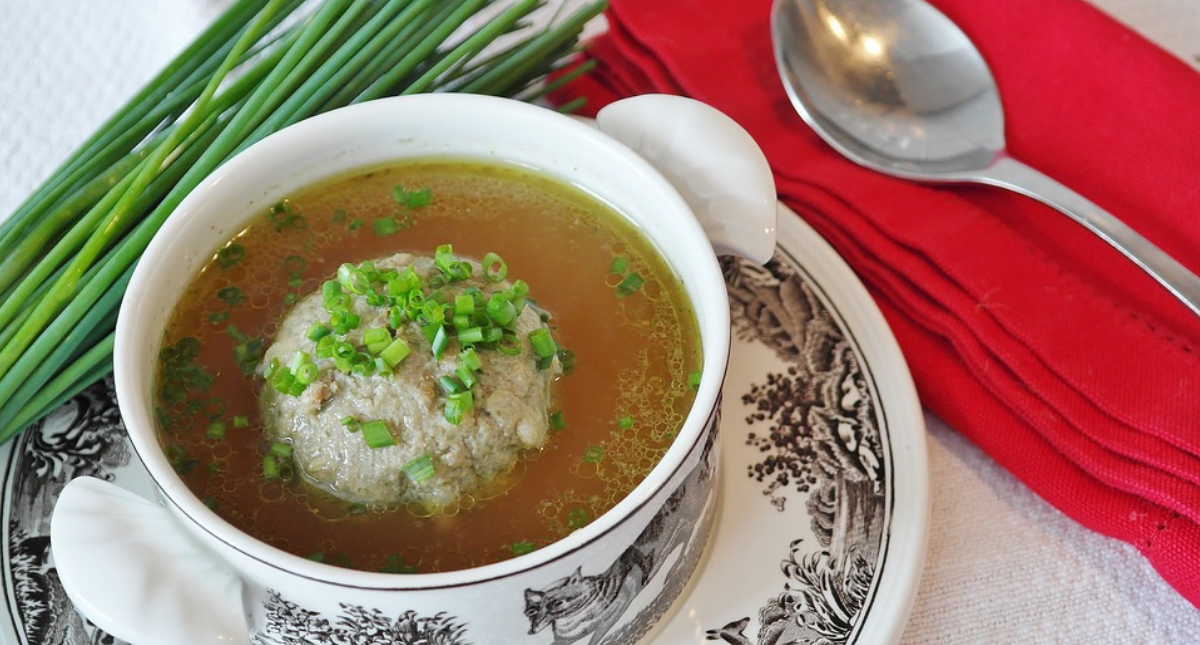

Magnetic fields sound like something that only the most devoted scientists would study. In reality, they are a common occurrence as far as the appliances we use in our day to day lives are concerned. Everything from refrigerators to audio speakers and back makes use of them in one way or another. But did you know that they can cook your food as well?
Although the concept isn’t a new one, interest in magnetic food preparing methods has grown over the last couple of years. Now, more and more kitchen enthusiasts are following suit with this trend. If you have been considering investing in an induction stovetop, here is everything that you need to know about choosing the right cookware to go along with it.
What Is Induction Cooking?
Contrary to traditional stovetops that use thermal conduction to cook food, induction hobs do not produce warmth. Instead, they rely on a coiled wire situated just below the ceramic surface covering the mechanism. This fitting generates an oscillating magnetic field that induces electrons directly into the material of the pot or pan.
These move around and generate electric current throughout, thus heating the contents. This is a step above gas or electric stoves, which make use of direct contact with flames or electrical hotness to cook food. Therefore, when an induction hob is on, it won’t light up or radiate in any way, unlike its more classic counterparts.
For this reason, many manufacturers are opting for added or simulated flames as a signal, so that users know the process has commenced. However, in spite of today’s futuristic technology, induction cooking is not a new method. In fact, an article published on TheKitchenAdvisor.com established that this approach has been used by mankind for centuries now.
Still, thanks to the progress of the industry, we now benefit from more robust ways to employ this method in our day to day kitchen-related endeavors. But while the hob itself is the central element, it cannot function without the proper cookware. Here is everything you need to know about choosing the right pots and pans for your new, state of the art stove.
Choosing the Best Cookware
If you place your bare hand on the induction stovetop, you will notice that nothing happens. Because the human body is not magnetic in any way, shape, or form, no heat is produced by this action. This makes it a relatively safe appliance for anyone to use, and it is childproof as well, which is great news when you have an extended family.
Nevertheless, this also means that various materials won’t be suitable for use on your induction stove. Glass, copper, and aluminum cookware are useless when it comes to this because it does not interact with the coil. Ceramic and porcelain varieties face the same issue. The only way in which they would work in this scenario is if they have an added magnetic layer on the bottom.
But spotting these special items at the store can become quite the hassle. Instead, choose containers that are made from steel or enameled steel. Stainless steel is also an option, as long as the pan’s manufacturer has labeled it to be induction-appropriate. And cast iron is yet another great choice that is also efficient and durable.
If you are unsure about whether or not you can use a certain pan on your induction stove, you can test it beforehand by placing a magnet on the bottom. If it sticks, then you are good to go. The thicker and flatter the base is, the better it will work as well. If it is a newer container, watch out for the manufacturer label on the bottom as well. It should tell you what you need to know.
Finally, make sure to pick something that is the right size. Look at your stove’s cooking zone and measure the inner ring. The bottom of any pan or pot should ideally cover it entirely. Otherwise, the coil won’t be activated. The outer ring, on the other hand, represents the maximum size you can go without rendering the process ineffective.
When you place the cookware on the stovetop, it needs to exceed the thicker line by no more than half an inch. What is more, a pan that is too small will cause the display on newer models to flash, while the appliance won’t be able to heat up properly. Thus, the size of what you put the ingredients in truly does matter in this case.
Final Thoughts
When choosing the best induction cookware for your new hob, it’s essential to keep an eye out for suitable materials. Anything magnetic is ideal, but that’s not the only factor to consider. The size of the pans and pots is another thing to keep in mind, as something too small or too large won’t work. Other than that, the process is simple enough. We wish you the best of luck as you start cooking using your new induction stove!




















